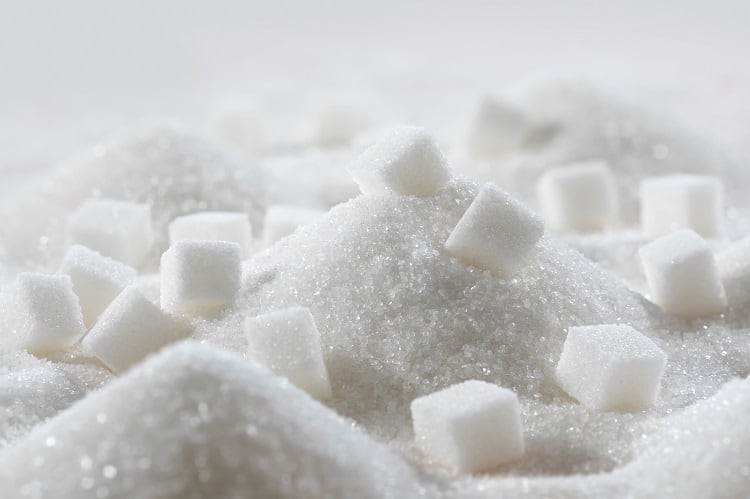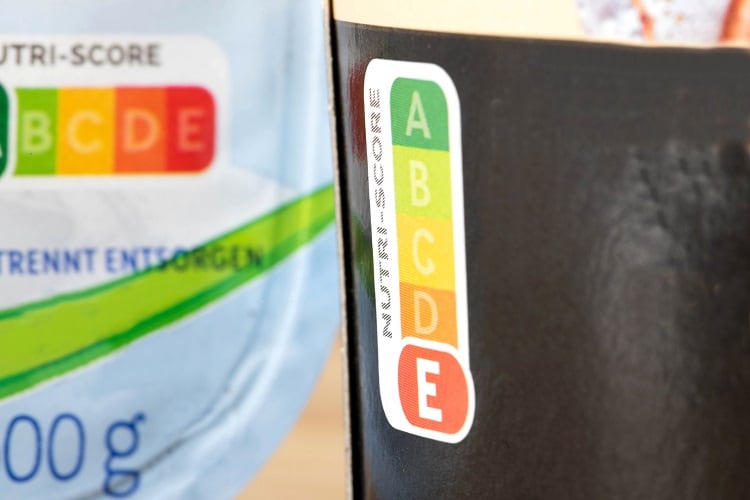Sugar is largely considered a demon in the world of health, with this perception only increasing as more research comes to light. But ‘naturally occurring’ sugars, like that found in fruit, do not have the same taboo. We’re still recommended to eat fruit every day. Why is this?
“The sugars found in fruit are typically known as 'naturally occurring sugars' and, especially in fruit, come alongside beneficial nutrients such as fibre, vitamins and minerals,” Zoe Davies, a nutritionist at campaign group Action on Sugar, told FoodNavigator. “In comparison, the sugars typically found in processed foods such as doughnuts, sometimes referred to as 'refined', 'added' or 'free' sugars, contain little, if any, nutritional benefit.”
With fruit, on the other hand, the benefits are just too great to be ignored, even if they are high in sugar. “Consuming whole fruit is associated with numerous health benefits,” continued Davies, “therefore the sugar in whole fruit doesn't need to be cut down as many of us aren't reaching the recommended 5 portions of fruit and vegetables a day.”
The high fibre content in fruit can help maintain a healthy gut, the vitamin C content helps maintain healthy skin, blood vessels, bones and cartilage, and fruits in general reduce the risk of cancer and heart disease.
The dangers of free sugars
Unlike naturally occurring sugars, however, free sugars don’t have built-in health benefits. Food containing free sugars, unlike fruit, are ‘not an essential part of the diet’, said Davies. “The sugars in processed fruit, fruit juice and syrups . . . do contain sugars that should be limited or avoided,” Davies told us.
“This is because when the fruit gets broken down, fibre is often reduced, and sugars contained within a cell become 'free', and so the nutritional benefit of the fruit is reduced, and it becomes easier to consume more sugars.”

Not only do they not have these benefits, but they can harm health quite profoundly in large quantities. They “can cause tooth decay and are linked to weight gain, [which] in turn increases the risk of heart disease, type 2 diabetes and stroke. In the UK, we currently eat almost double the recommended 5% of total energy intake from free sugars.”
Protecting the public
Despite the key difference between naturally occurring and free sugars, food labelling doesn’t differentiate between them. This leads to people consuming far more than what is healthy.
According to the NHS, adults should have no more than 30g of free sugars per day, the equivalent of around seven sugar cubes. But labelling does not reflect this, only telling consumers the overall sugar content of a product rather than its content of free sugars.
“Consumers should be able to tell 'at a glance' the true free sugars content of a product,” Davies told us, “to avoid being misled by clever marketing and labelling . . . into believing they are consuming less sugars than they are.
“Current reference intake, and nutrition labelling on pack, displays total sugars, not free sugars. This means, whilst on pack the label could state a doughnut contains 18% of an adult's reference intake for total sugars, it is actually contributing over 50% of an adults recommended free sugar intake for the day, but this is not communicated to the consumer.”
"We need companies to improve their products by cutting the amount of sugar as well as provid[ing] products that are healthier to consumers. We also need the government to ensure all companies are encouraged to do this, not just the progressive companies.”
There is a simple solution to this. “Free sugars, including added sugar, should be reflected clearly on front of pack per serving and on back of pack in the nutrition information panel and traffic light labelling should be mandatory on all packaged food and drink.” The traffic light is the UK’s nutrition front-of-pack labelling, its equivalent to Nutri-Score in Europe.
Awareness campaigns, believes Davies, are useful, but they are not enough to change the public’s attitude to sugar on their own. “Yes, raising awareness can improve public health,” she said, “but this could be short-lived because we often forget awareness campaigns after they end.
“This is why we need companies to improve their products by cutting the amount of sugar as well as provid[ing] products that are healthier to consumers. We also need the government to ensure all companies are encouraged to do this, not just the progressive companies.”




